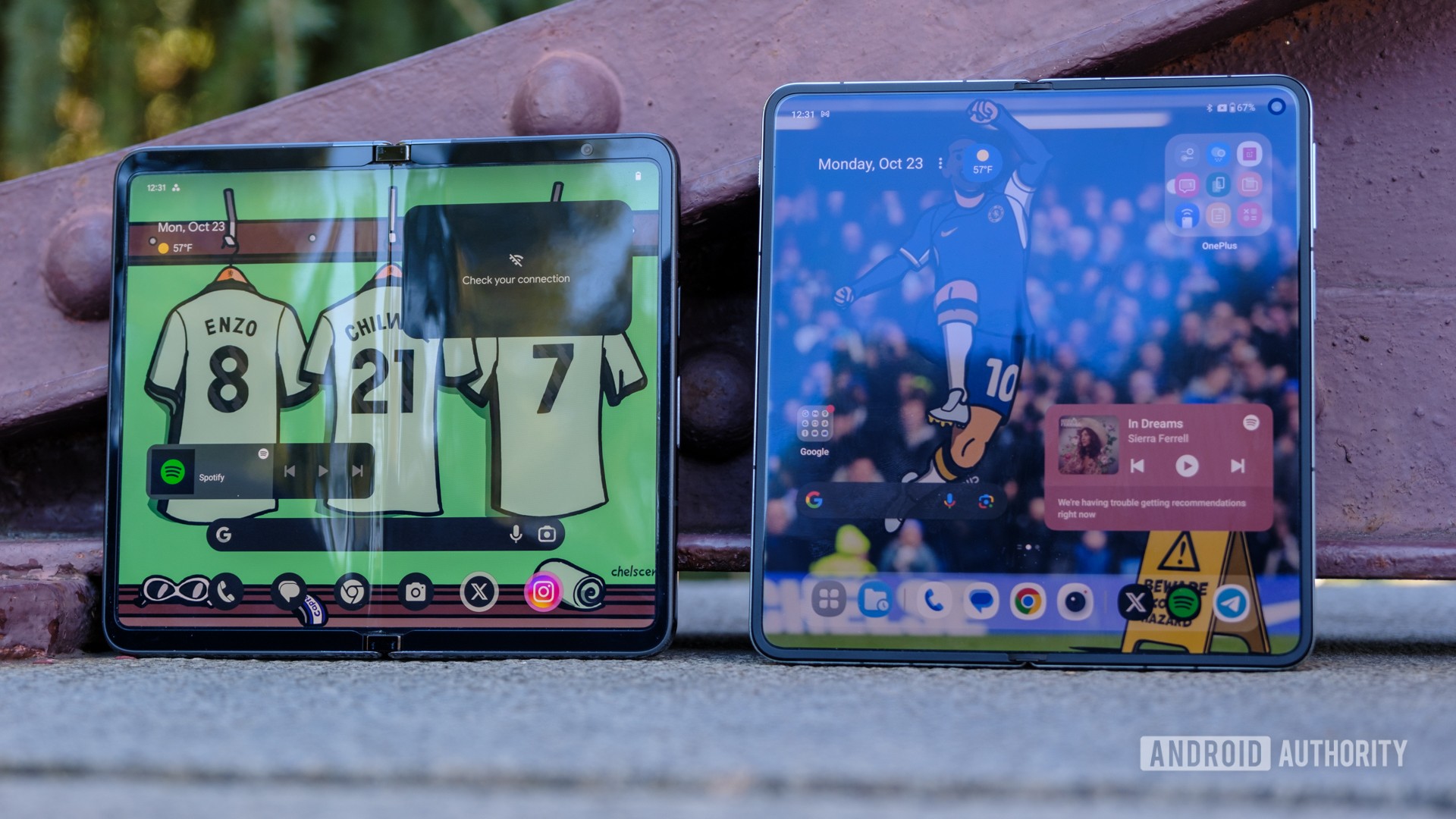Affiliate links on Android Authority may earn us a commission. Learn more.
Android screen won't rotate? Here's how you can try to fix it
Published onJanuary 22, 2024
We tend to take automatic screen rotation for granted on Android phones, and that’s by design — it’s supposed to enable seamless transitions when an app needs more vertical or horizontal space, say when you’re watching a video on YouTube. If your phone is suddenly locked in portrait or landscape mode, here’s how to get that seamless experience back.
How to fix an Android screen not rotating

Usually a specific Android setting is to blame, and that’s the first thing we’ll cover in the troubleshooting steps below. There are other possible explanations however, such as conflicts between apps, and we’ll cover those scenarios as well. Run through this list in order and your phone should quickly be back to normal.
- Check that auto-rotate is enabled. It’s likely that you’ve accidentally disabled rotation, especially if you’ve got a rotation lock shortcut in your phone’s Quick Settings menu. Swipe down from the top of the screen to open Quick Settings, then look for the appropriate icon. It may say something like Auto-rotate, or Portrait or Landscape if orientation is locked. Alternately, you can just to go Settings > Accessibility and make sure Auto-rotate screen is switched on.
- Watch how you’re holding your phone. On some Android devices at least, you can temporarily disable auto-rotate via a long screen press. Though it’s unlikely, it’s possible that you’re accidentally leaving a finger or thumb onscreen while an app changes views.
- Test if the issue is app-specific. Sometimes it’s just a particular app having problems. YouTube, for example, can often be stubborn about changing perspectives, despite being developed by Google. Try loading another app with rotation support, and/or force-closing and relaunching anything that’s misbehaving. There’s also the possibility of conflicts between apps, in which case you might try closing everything non-essential or even uninstalling anything you downloaded just before rotation problems started.
- Update your apps, and Android itself. On the subject of apps, another possibility is that bugs are causing chaos. You can update Android apps via the Google Play Store. It’s also possible that there’s an operating system-level glitch at play, in which case you’ll have to update Android by going to Settings > System > System update. Labels may vary depending on your version of Android, and if your phone uses an additional layer like Samsung’s One UI, you’ll want to update that too. Before any system update, make sure your phone is well-charged, backed up, and connected to Wi-Fi. Set aside some time, because your phone will be temporarily out of commission while an update installs.
- Restart your phone. You might be dealing with a temporary process glitch that will go away with a clean slate. It’s wise to periodically reboot your phone regardless, since it seems to smooth out performance issues every smartphone encounters (yes, even iPhones).
- Try a third-party rotation control app. We’d actually recommend against this approach, since an app might not even work with your particular phone model, but there’s little harm in trying so long as a tool is well-rated. One of the most popular options is Control Screen Rotation, which even has reverse views normally absent in Android. Its developer admits upfront that some views won’t work on some devices.